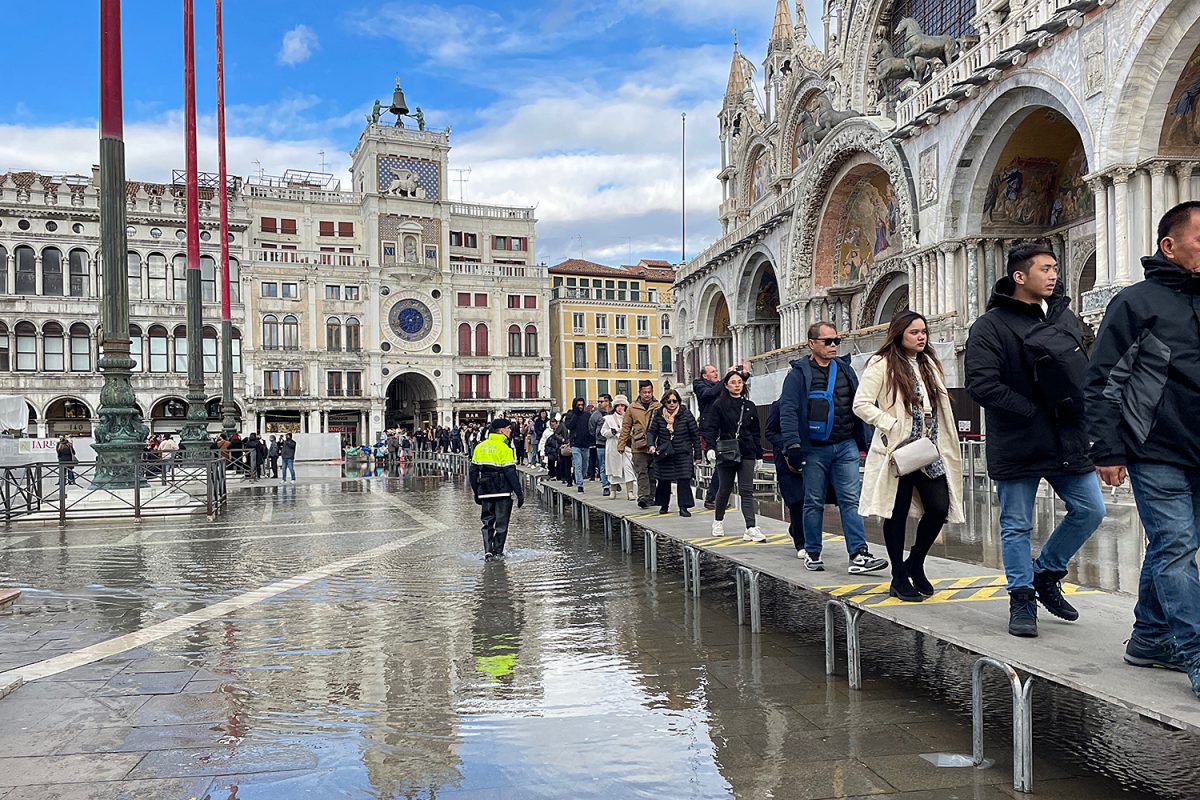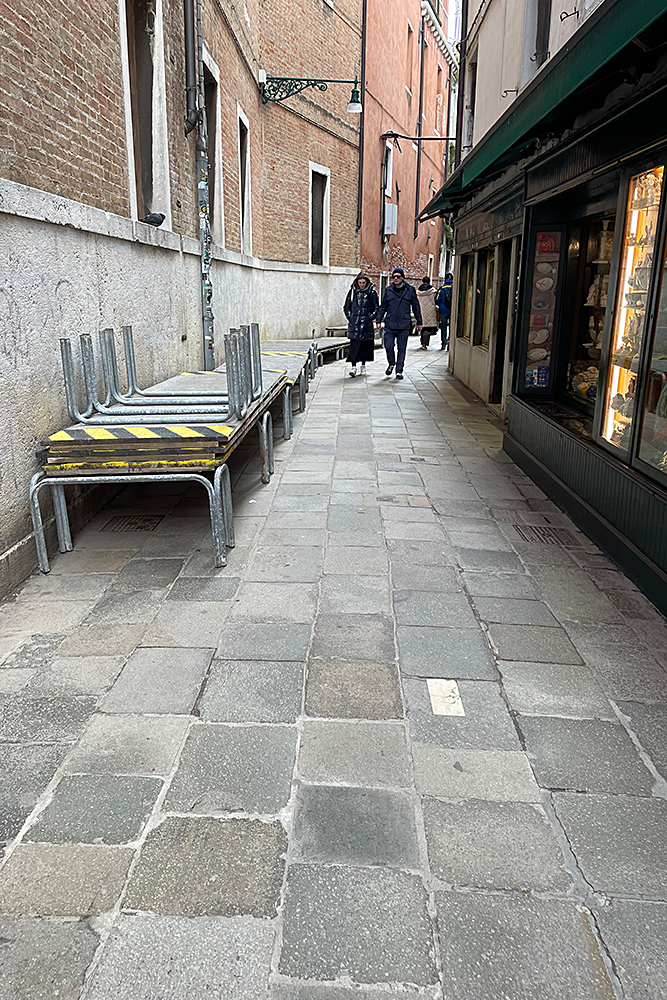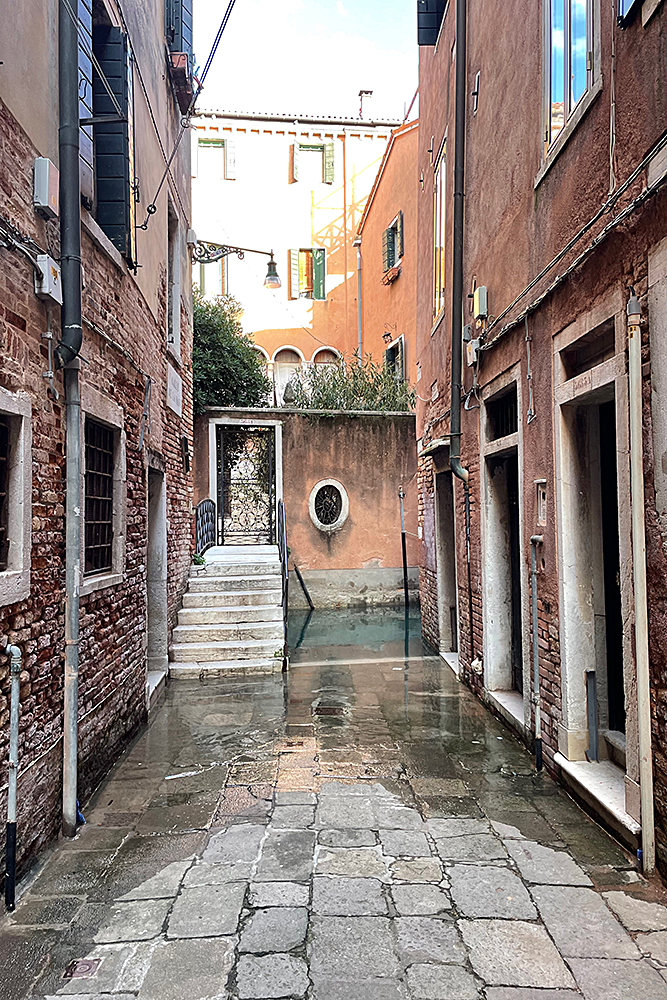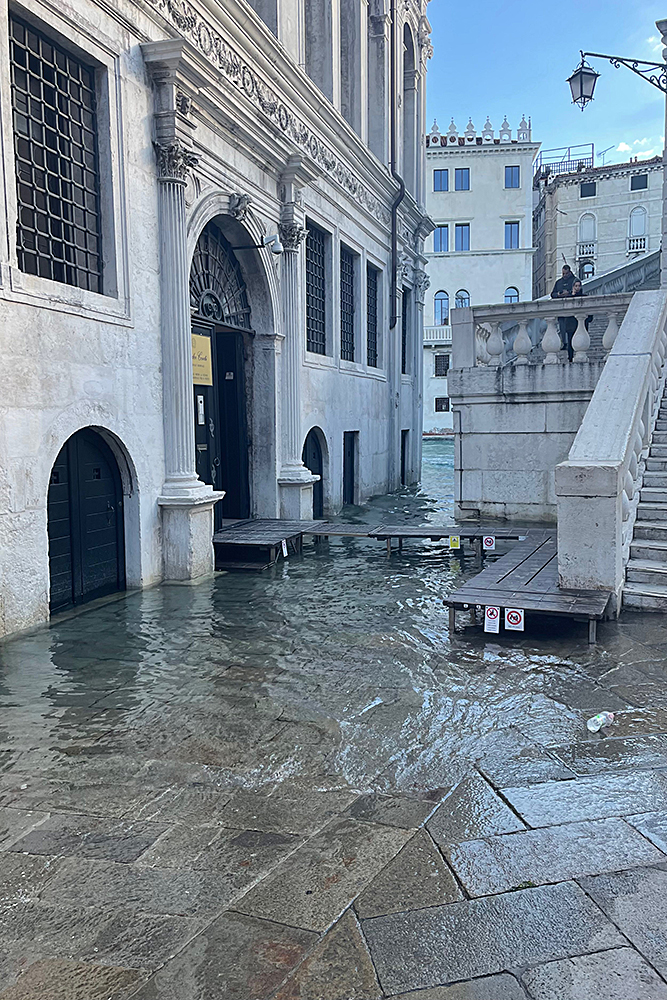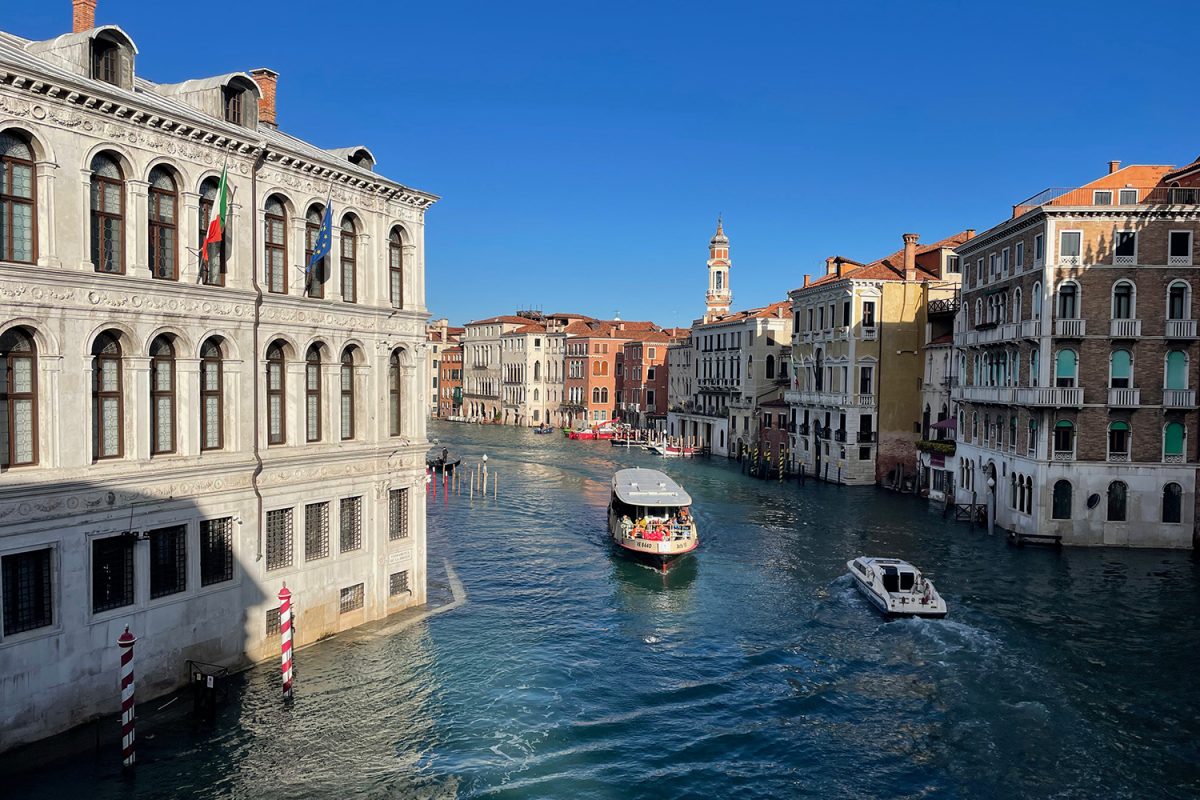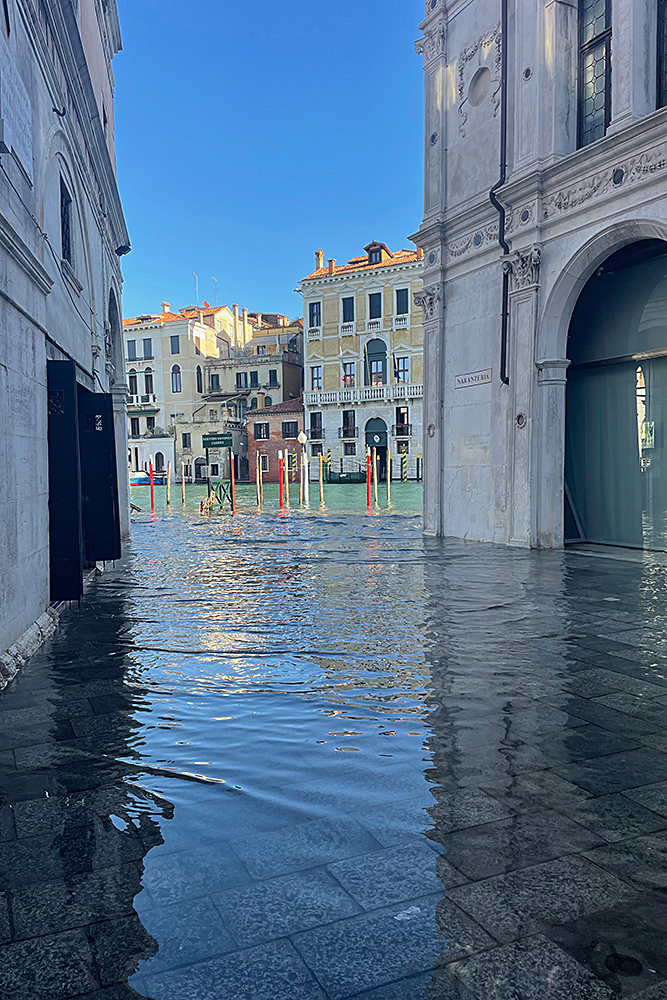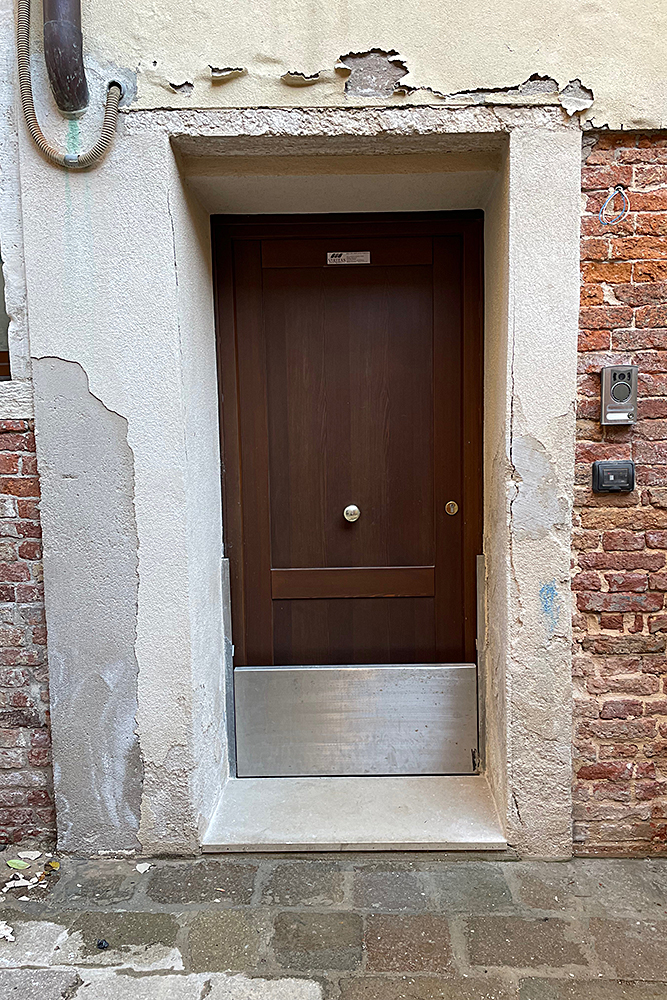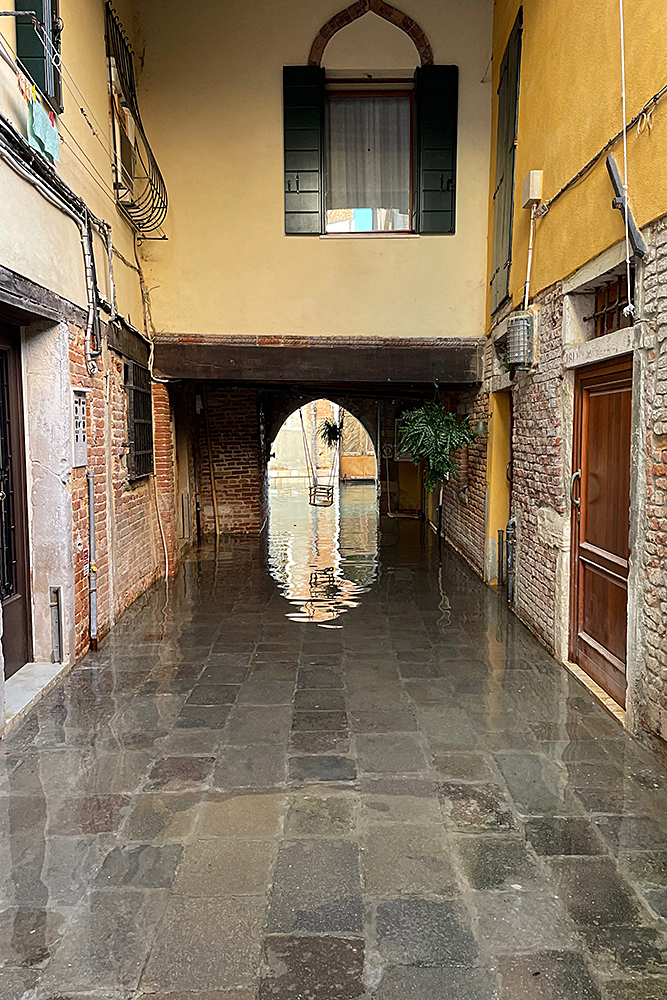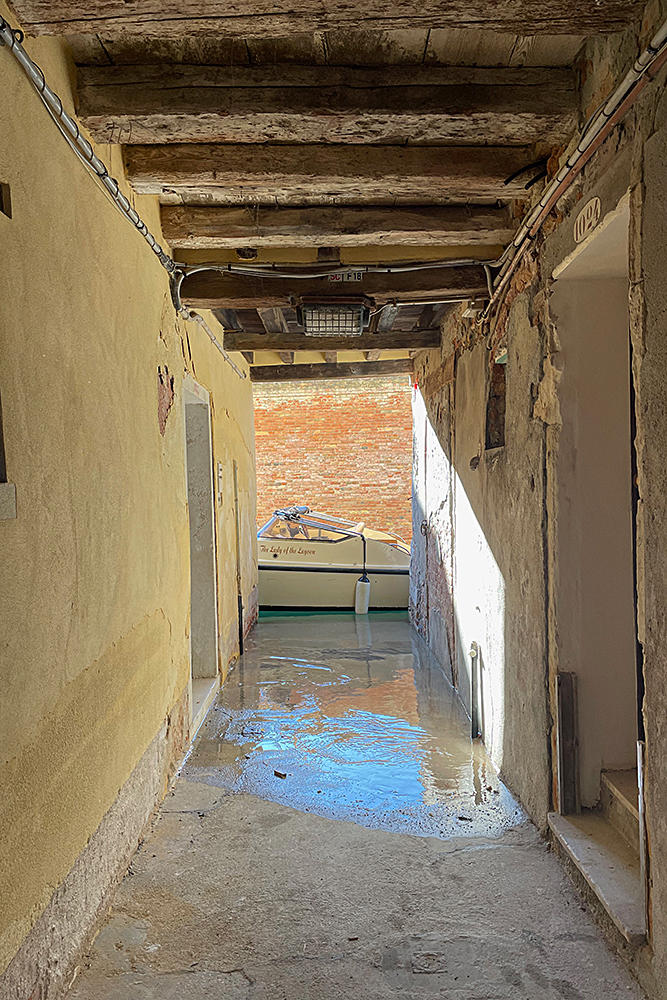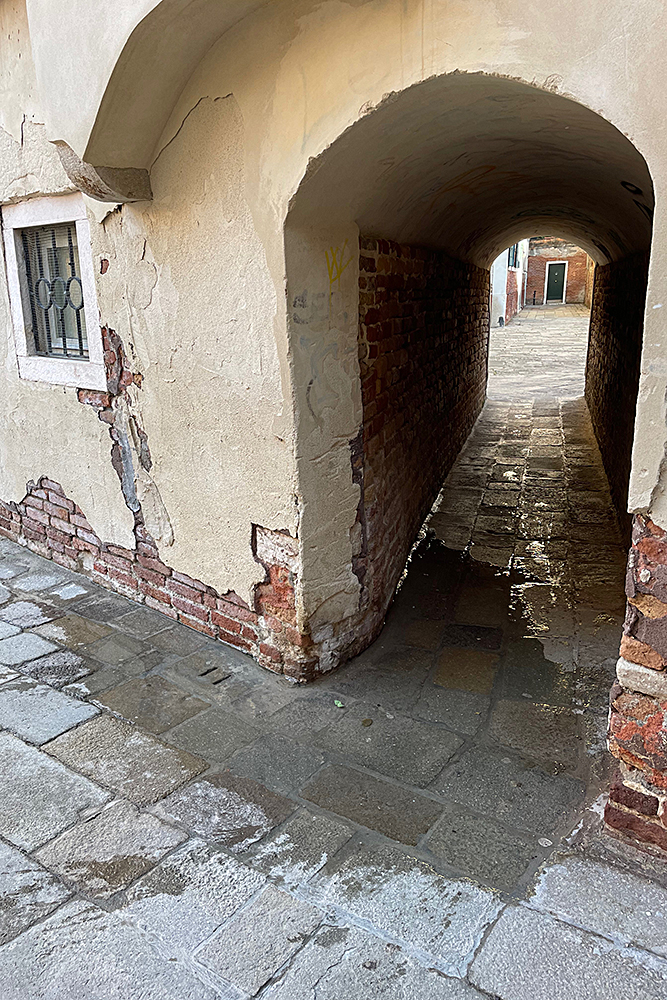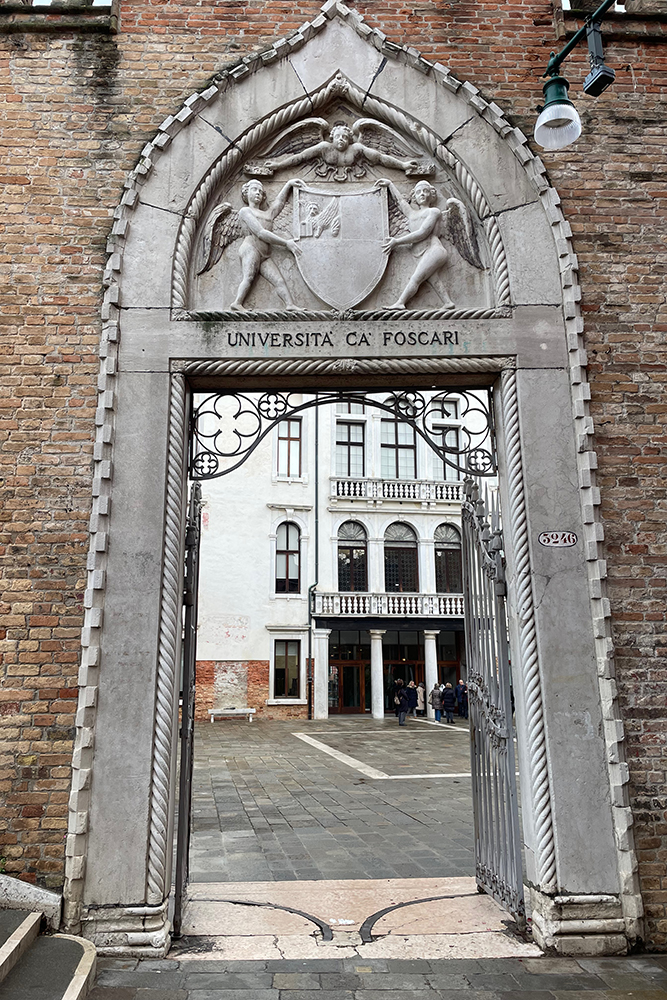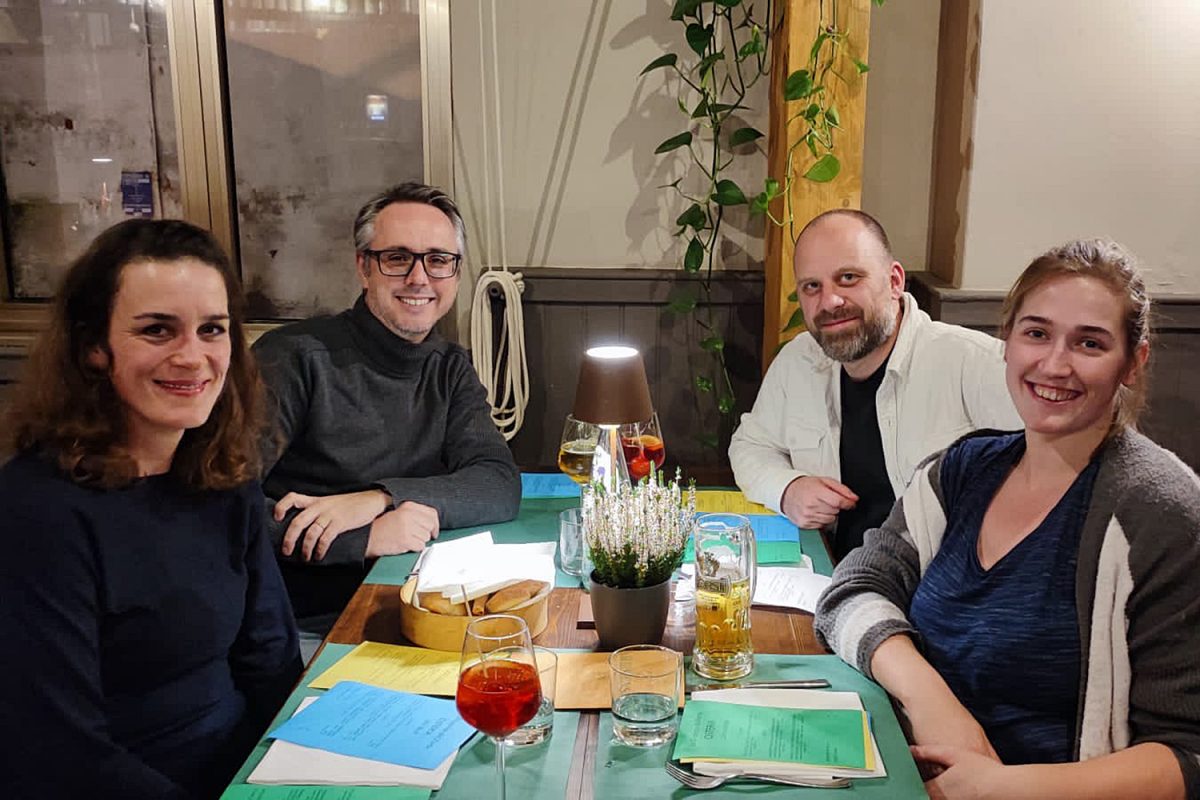A Look at the Future of Coastal Cities Junior research group "Future Urban Coastlines" collaborates with the University of Venice
Several times a year Venice struggles with flooding, the “Acqua alta”. Especially in autumn and winter, alleyways become impassable, water infiltrates the lower floors and lakes form in historic squares that can only be crossed by footbridges. And even in summer, the inhabitants of the lagoon city will probably have to get used to flood warnings – like the one for August 2023. This is due to the increase in extreme weather events caused by climate change and rising sea levels. The “Future Urban Coastlines” junior research group from TU Braunschweig recently had the opportunity to see for themselves what this means for the city and to deepen their collaboration with Professor Alessio Rovere from the Università Ca’ Foscari Venezia on sea level-related issues. The visit was supported by the Erasmus+ Teaching Mobility Programme (STA).
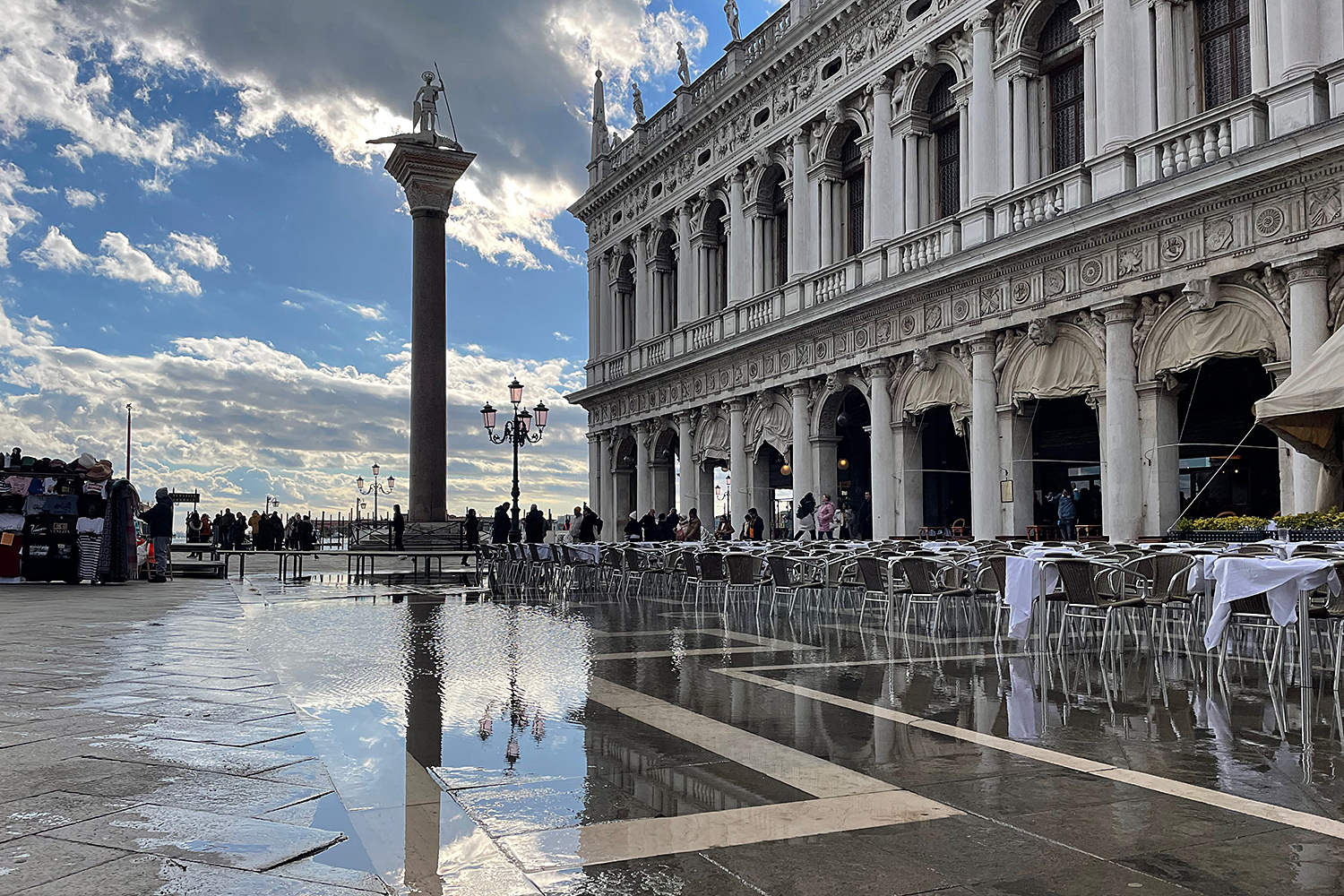
A glimpse into the future: you need rubber boots to drink coffee here. Photo credit: Gabriel David/TU Braunschweig
“In Venice, we took a look into the future,” says Dr. Gabriel David, head of the interdisciplinary junior research group “Future Urban Coastlines”. “It was very instructive to see the flooding with our own eyes. Venice could look like this in a few years’ time, and not just during floods. And similar scenarios threaten other cities.” Climate and marine researchers expect sea levels in the Venice area to rise by more than one metre in the coming decades. The storm surge barrier “MO.S.E” (Modulo Sperimentale Elettromeccanico) is currently designed to protect the city from flooding. Mobile flood gates have been installed at three entrances to the port. But when the Braunschweig scientists visited, the floodgates were open. “The water wasn’t high enough yet,” says Gabriel David. “People were walking across footbridges in St Mark’s Square, but that was normal for the Venetians. It only gets really bad when the water is almost level with the footbridges.”
Bulkheads and footbridges for flood protection
In the event of an emergency, the walkways are stored in the narrow alleyways, ready for use at a moment’s notice. And residents are taking individual precautions – for example, installing bulkheads in their doors to keep the water out. “This is the new reality,” says Gabriel David. This is what makes Venice so exciting for the junior research group, which is studying the threats to urban coastal areas and developing approaches for adapting to climate change and protecting the coasts. “Here you can see not only the future of other cities, but also examples of how urban planning and residents are learning to deal with rising sea levels.”
The collaboration with Professor Alessio Rovere from the Università Ca’ Foscari Venezia is also particularly important for Gabriel David, Johanna Kremer and Christine Schottmüller. The geoscientist, who previously worked at the MARUM – Centre for Marine Environmental Sciences at the University of Bremen, is analysing past changes in sea level and the effects of current climate change on the coastal environment. He is also analysing the development of coasts and coastal habitats under changing climate and sea level conditions. The DFG-funded priority programme SPP 1889 SeaLevel has led to a lively exchange between Alessio Rovere and Gabriel David. Together they have already published a paper on coastal surveying with drones.
Exchange for students
At the meeting in Venice, the German and Italian researchers focused on cooperation in the field of education. They discussed common teaching content and identified points of contact and complementarities in the training of coastal engineers, hydraulic engineers and geoscientists. The focus was on learning with and from each other. Prospects for future cooperation in these fields were also discussed. There are plans for student exchanges, the organisation of a teaching unit and joint supervision of student work. In addition, various project ideas on sea-level rise and the effects of climate change will be developed in order to continue the cooperation on a scientific level and to increase its visibility through excellent research.
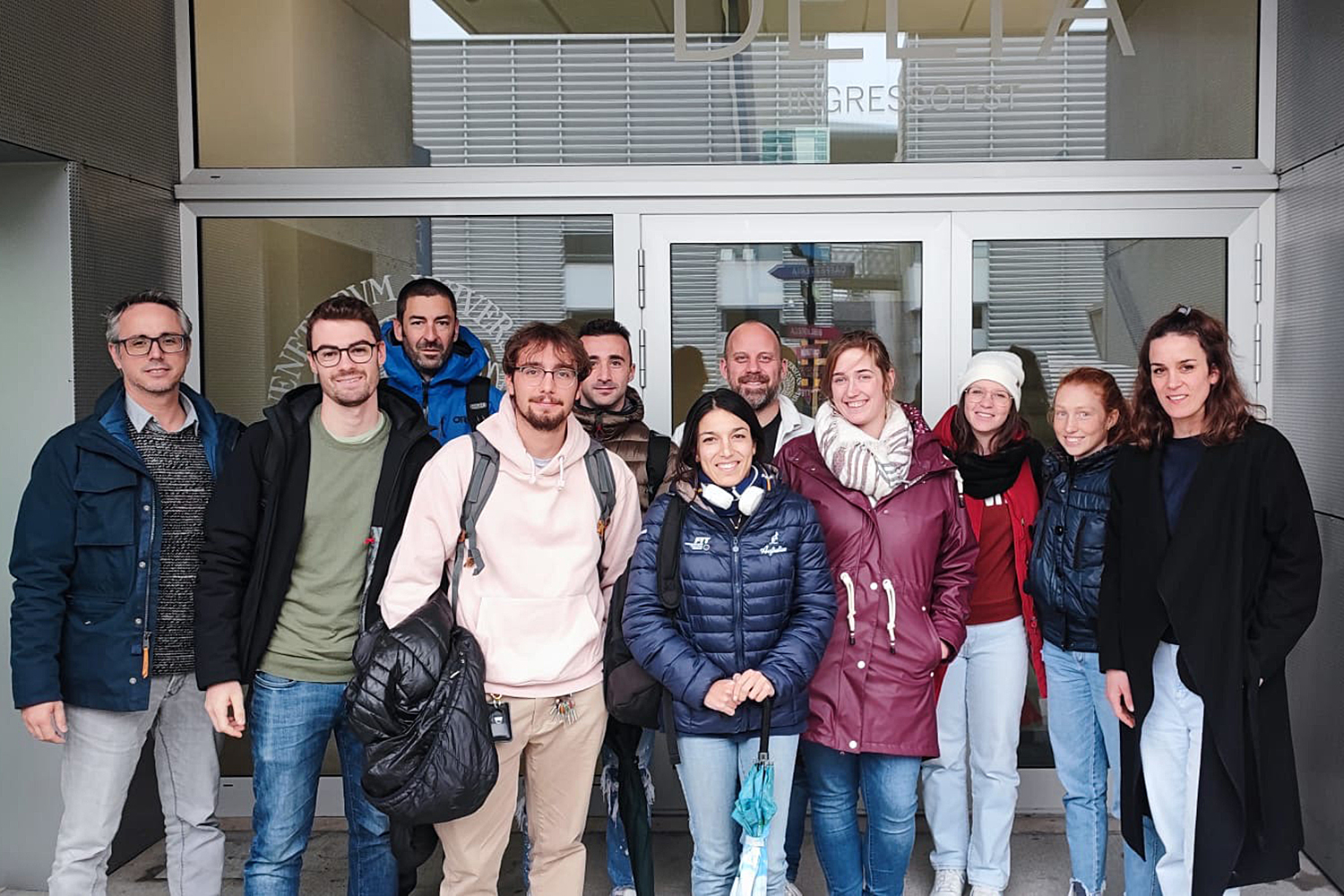
The junior research group “Future Urban Coastlines” at the Università Ca’ Foscari Venezia. Photo credit: Gabriel David/TU Braunschweig
“We are very happy about this new cooperation and the international exchange,” says Gabriel David. “A big thank you also goes to Francesco Ducatelli and his team, who have given us great support as Erasmus+ University Coordinators.” The exchange in Venice was made possible by the Erasmus+ Teaching Mobility Programme (STA). To this end, International House’s mobility office initiated an Erasmus+ inter-institutional agreement with the University of Venice. STA allows academics to spend one to two weeks at a partner university to teach block seminars or other courses. The programme differs from STT staff mobility for training purposes in that it involves teaching duties and requires an Erasmus+ Inter-Institutional Agreement.
Further information on Erasmus+ teacher mobility in the DAAD video:
https://www.youtube.com/watch?v=Zbbod2MNqsI

